As many Oracle Database Administrators, I am a regular user of Oracle Enterprise Manager in order to monitor or administer my client’s databases. I am lucky because most of them have the diagnostic pack and the tuning pack :=).
But we always have to be curious and discover new products. As described by my colleague Nicolas Penot, I installed Foglight:
https://www.dbi-services.com/blog/foglight-monitoring-solution-for-databases-part-01/
https://www.dbi-services.com/blog/foglight-monitoring-solution-for-databases-part-02/
The installation was successful and very quick to realize, remember when you have to install OEM 13c, if you well know the product and have a powerful server, if you can install in half a day , you are pretty efficient.
I successfully discovered two Oracle databases (version 12.2.0.1 and 18.3.0.0). As you can see in the picture below, you can also monitor MySQL , Postgres, DB2 , and SQL Server.
The first summary database page shows a lot of useful information (process activity, memory activity, logical reads … a.s.o:
We have the possibility to navigate in different menus for example the Storage Tablespace Summary:
We have the possibility to display the datafiles I/O summary:
We can display the pluggable databases and to have an overview of workload metrics with nice graphs:
Foglight also displays the alert.log file error messages with four categories (Informational, Critical Warning or Fatal):
We create false critical messages in the alert.log file, I used dbms_system.ksdwrt() to generate false ORA-00600 or ORA_04031 error messages:
You can visualize , enable or disable the alarms, edit and modify the collections, the configuration is intuitive:
The report menu is also interesting, many templates for different databases are defined:
It is very difficult to make a choice between Foglight and OEM. My first opinion (but I did not test Foglight in an active production environment) is that Foglight is a monitoring solution for many types of databases (MySQL, Oracle, Postgres, SQL Server, DB2), thus OEM is a monitoring and administration tool for Oracle databases.
Effectively you can add SQL server or MySQL plugin , Medora plugin for Postgres in OEM in order to administer SQL Server, MySQL or Postgres databases, but you will never reach the powerful functionalities offered by OEM to monitor or administer Oracle databases.
The big advantage is their threshold, notification functionality and the reporting facilities which both OEM and Foglight have. I did not test a lot SQL PI in Foglight, and I’m asking myself if like Oracle we have the possibility to have an historical graph of what happened the week before, if we have the possibility to display the execution plan and of course to run the SQL tuning advisor to offer another execution plan for example ?
The time dedicated to administer Foglight seems to be equivalent to OEM. You cannot install those enterprise products and let them live, like OEM Foglight seems to be a complex system and requires a significant time to run effectively.
If you do not have a lot of databases and not a big budget, you can use simple SQL scripts to keep you alerted. You have several different types of database to monitor, it might be a good idea to test and use Foglight. If most of your databases are Oracle based and you have paid for the tuning and diagnostic pack, use OEM to fully benefit of the administration and monitoring console.


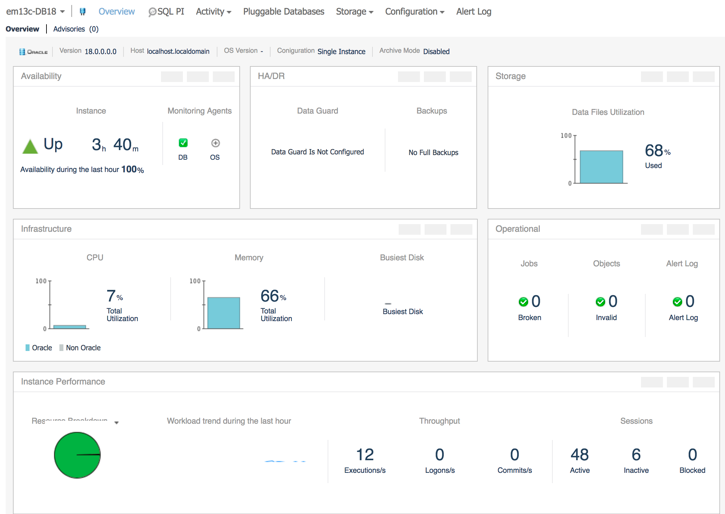
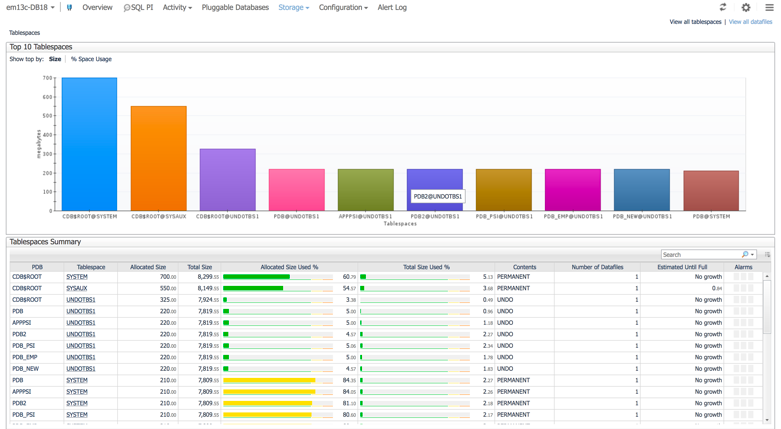

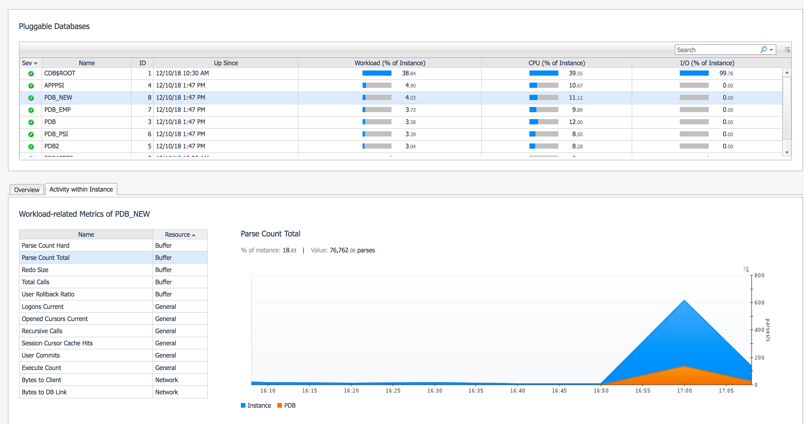

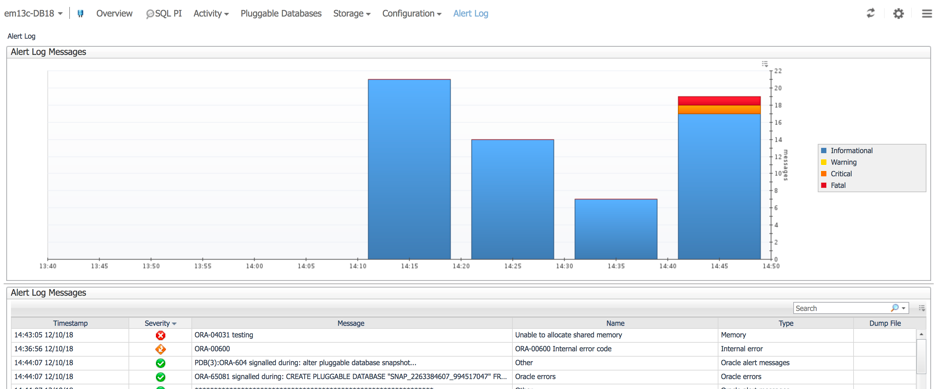
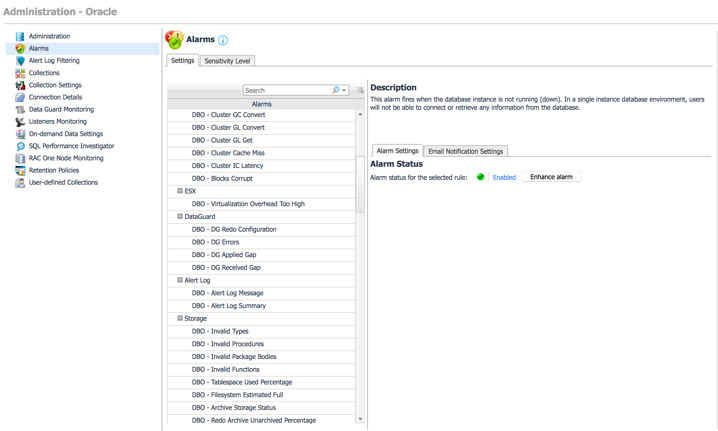
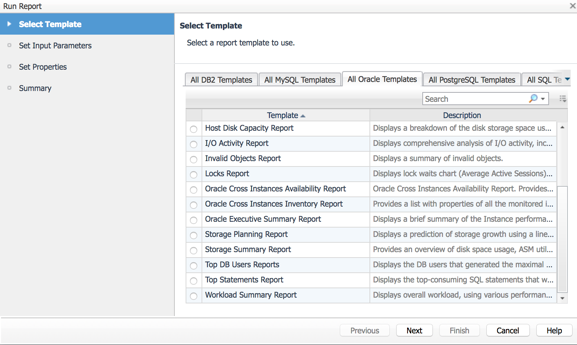
![Thumbnail [60x60]](https://www.dbi-services.com/blog/wp-content/uploads/2022/12/oracle-square.png)
![Thumbnail [90x90]](https://www.dbi-services.com/blog/wp-content/uploads/2022/08/DWE_web-min-scaled.jpg)